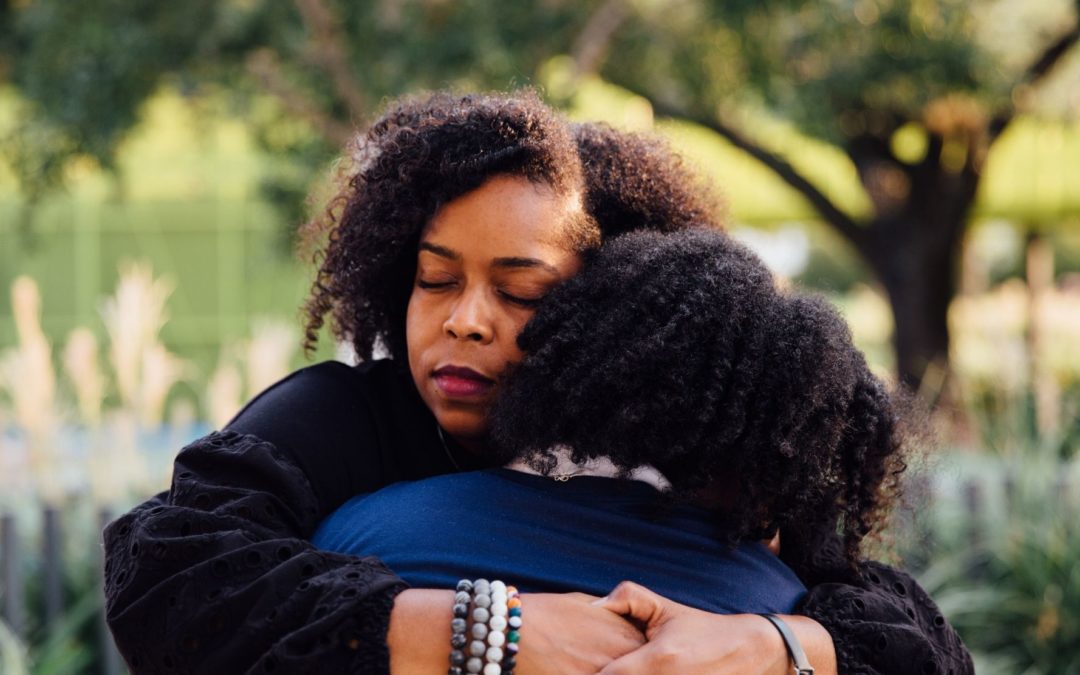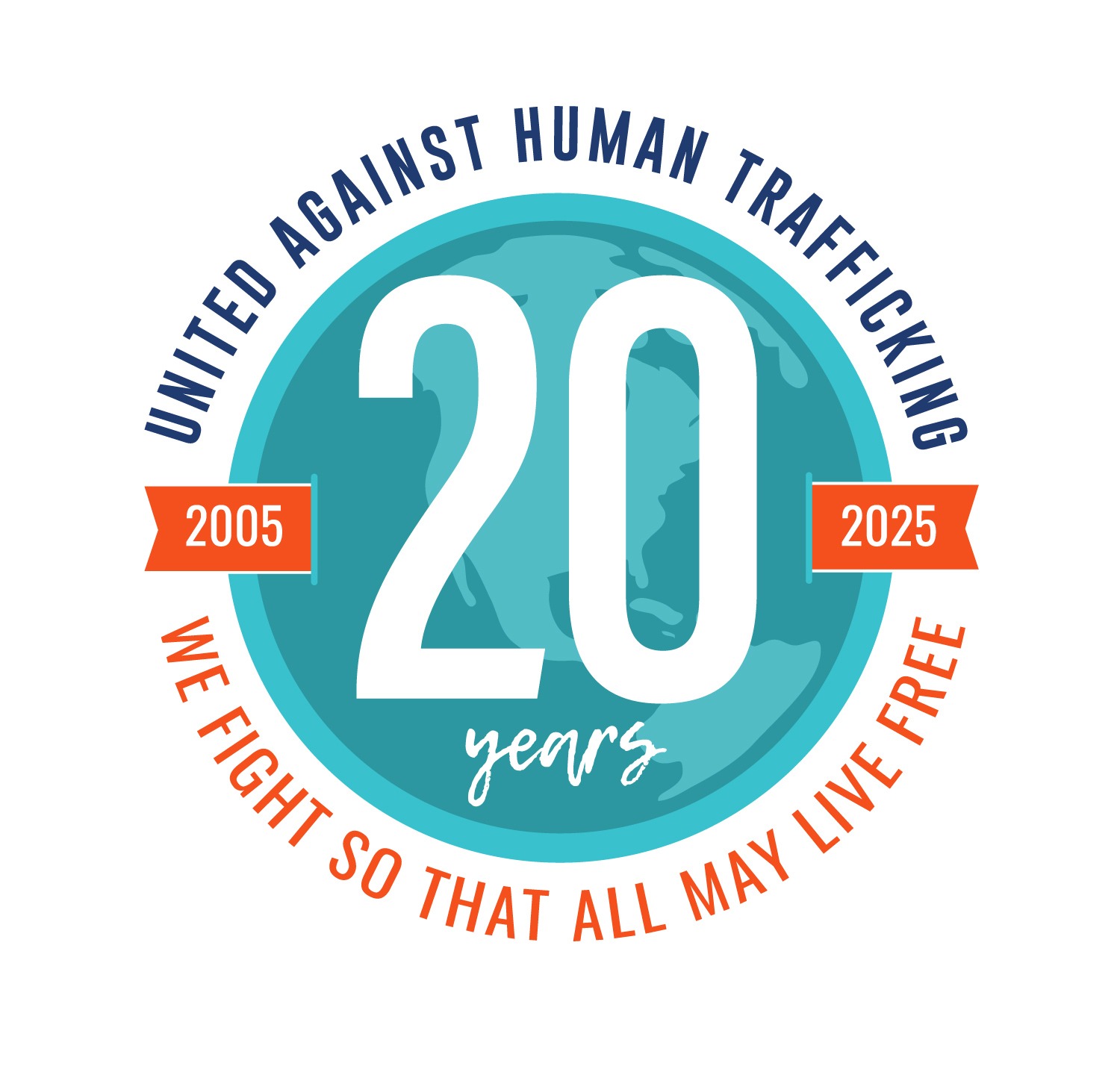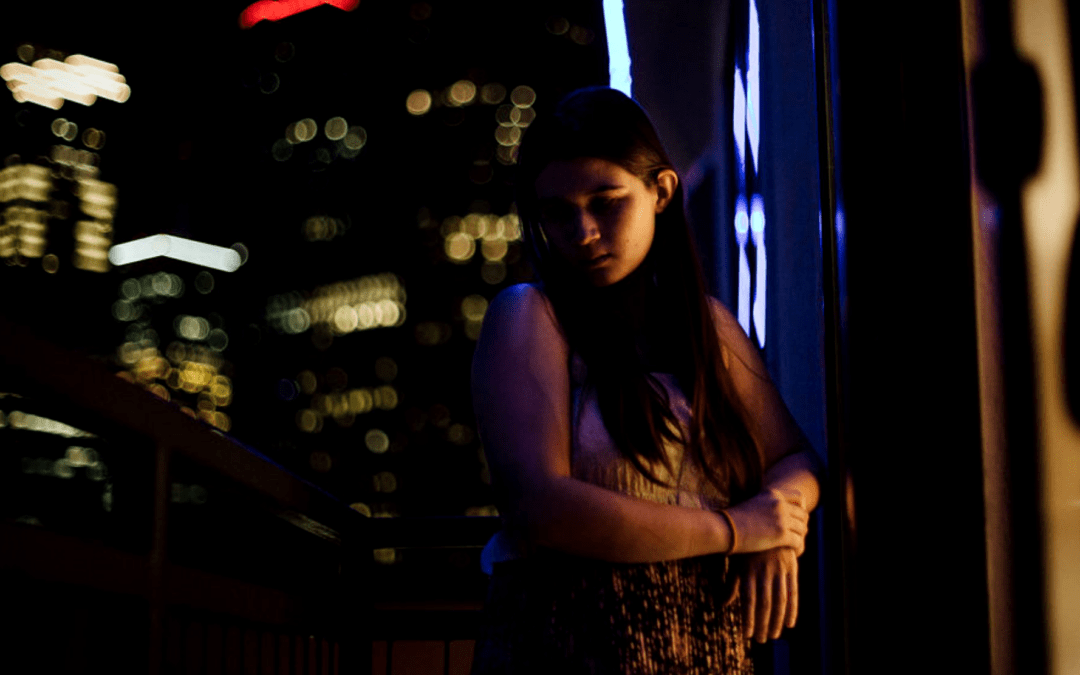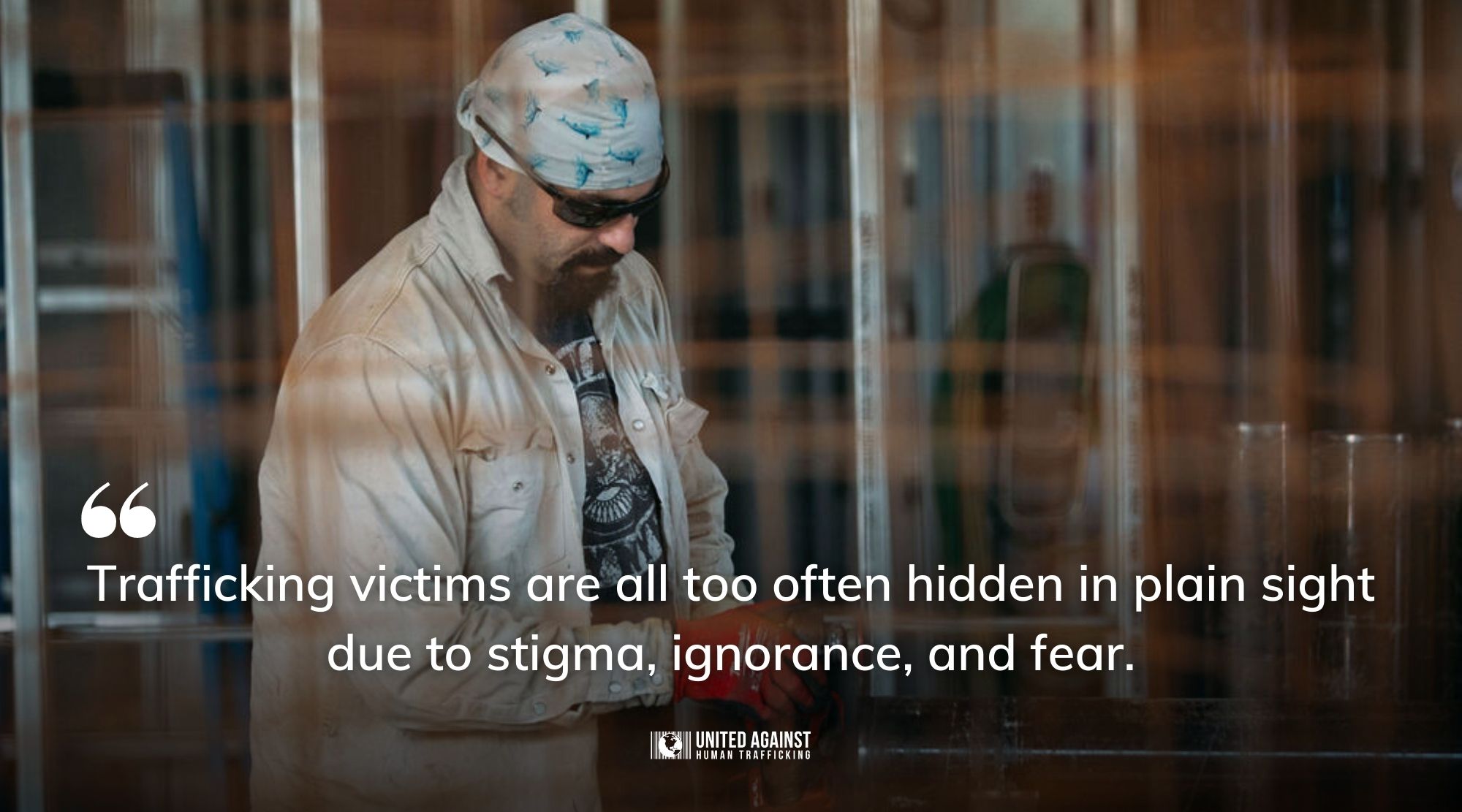
Hope & Gratitude Empower Us To Fight Human Trafficking In 2021
My Dear Friend,
Decades of history can happen in a single year. 2020 is a testament to that. It is with this understanding and our mission to end human trafficking in mind that I share my heart with you. Nonprofit leaders throughout the nation contemplate the same dilemma: What can we give you, our dearest friends, to let you know we carry gratitude for your support in our hearts every day?
HOPE.
Hope for the future. For justice. For unity. Hope for the growing, changing movement against human trafficking. Why? Because I know you walk beside me. I know that when I reach out a hand in solidarity, you will take it and rise with me.
It is easy to lose hope during a year that presented us with so many trials: a global pandemic, confronting the unjust death of George Floyd and countless other African Americans, and the most significant election of the century. Day after day, we are barraged with events that seem designed to rob us of our hope and love for each other.
But United Against Human Trafficking (UAHT) has never given up.
We never lost sight of our mission: to end human trafficking
through educating the community, preventing exploitation, and empowering survivors.
Our clarity of vision allowed us to pivot no matter what the world threw at us in 2020. We effectively served human trafficking survivors, engaged the community, and planned for a bright future. I am deeply thankful for all our new and established partners who stood alongside us this year.
2020 marks the 20th anniversary of The Victims of Trafficking and Violence Protection Act (TVPA). This federal statute sparked the anti-trafficking movement — a movement that has involved governments, communities, corporations, nonprofits, individuals, and so many more. Throughout the years, UAHT has emerged as a leader. We are at the forefront of change and progress, moving the fight ever forward in the spirit of unity and collaboration.
What will the next 20 years hold for the anti-trafficking movement?
UAHT will continue growing and continue unifying our partners against injustice. But this progress will not mean forgetting the past. 2020 was full of trauma from which we continue to recover. I know many of us have experienced significant losses. Let’s choose to live our best lives, celebrate each other fiercely, and relentlessly strive to make the world a better place for everybody in it.
My heart is full of love and gratitude for the tireless support of UAHT staff, board members, volunteers, partners, and donors like you. Let’s continue to stand united against injustice. Let’s continue to cherish one another in 2021 and beyond.
With unwaivering love,

Together, we can end human trafficking.






















